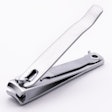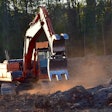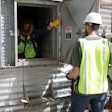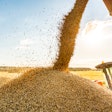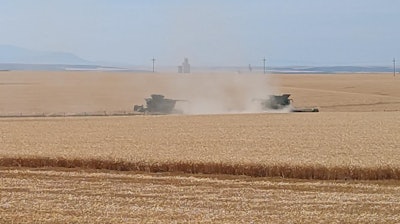
This year is likely to become the hottest year on record. Due to aEl Niño weather pattern, some states reached their hottest days on record this summer. With fall harvest around the corner, temperatures are predicted to continue to be unseasonably warm.
Having heat safety plans in place for your grain elevator employees is paramount. So much so, that in 2022, the U.S. Department of Labor’sOccupational Safety and Health Administrationlaunched aNational Emphasis Programdesigned to protect millions of workers from heat illness and injuries.
Grain facilities should evaluate conditions at their worksites and take steps to prevent heat-related illness. In particular, managers should keep in mind that employees who are required to engage in intense or continuous physical exertion or who are exposed to high temperatures and humidity or direct sunlight may be susceptible to heat-related illness.
 Bill Spreeman
Courtesy of Columbia Grain International
Bill Spreeman
Courtesy of Columbia Grain International
Creating that awareness is up to the manager. Employees should be schooled in thesigns of heat illnessand speak up if they or a fellow coworker are showing signs of it.
"The very best approach to mitigation of heat stress is for employees to be reminded daily of the hazard, educated on recognition of signs of heat stress, have a heat management plan, and be empowered to stop and take action whenever there is a sign of heat stress," said Spreeman.
Make a plan before harvest
Grain managers should have a heat mitigation plan in place before heading into harvest. Spreeman offered these tips to keep employees at your grain operation safe and cool this harvest season:
- Watch each other forsigns of heat exhaustion, which include nausea, headache, dizziness, heavy sweating and irritability.
- Create plans for hydration and air conditioning (AC) breaks — and stick to them, even if you’re feeling good in the moment.
- Make sure "cool down" break areas have AC or shade and a large supply of cool water and ice.
- Allow workers to gradually increase workloads and take more frequent breaks as they acclimate to the heat.
- Be flexible and coordinate heavy exertion activities for the coolest parts of the day, such as early morning and later in the day.
- Remind workers that they are ambassadors of their own safety – encourage people to speak up if they feel the impacts of the heat.
If you notice an employee showing signs of heat-related illness, have them sit or lie down in a cool, shady area. Provide water to drink and cool the worker with cold compressed ice packs. If signs or symptoms worsen or do not improve, seek medical help by calling 911.
Daily reminders of heat risk levels and empowered employees who are familiar with heat mitigation practices are critical to mitigate heat exposures, said Spreeman.
“At Columbia Grain, we take safety very seriously, especially during harvest season,” he said. “Harvest managers and workers can all work together to feed America safely."










